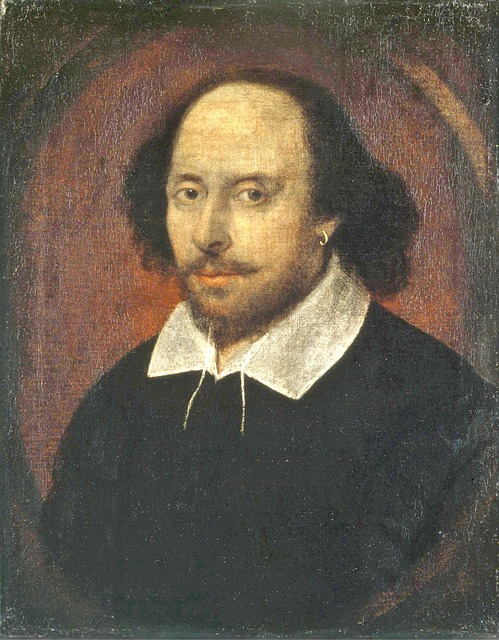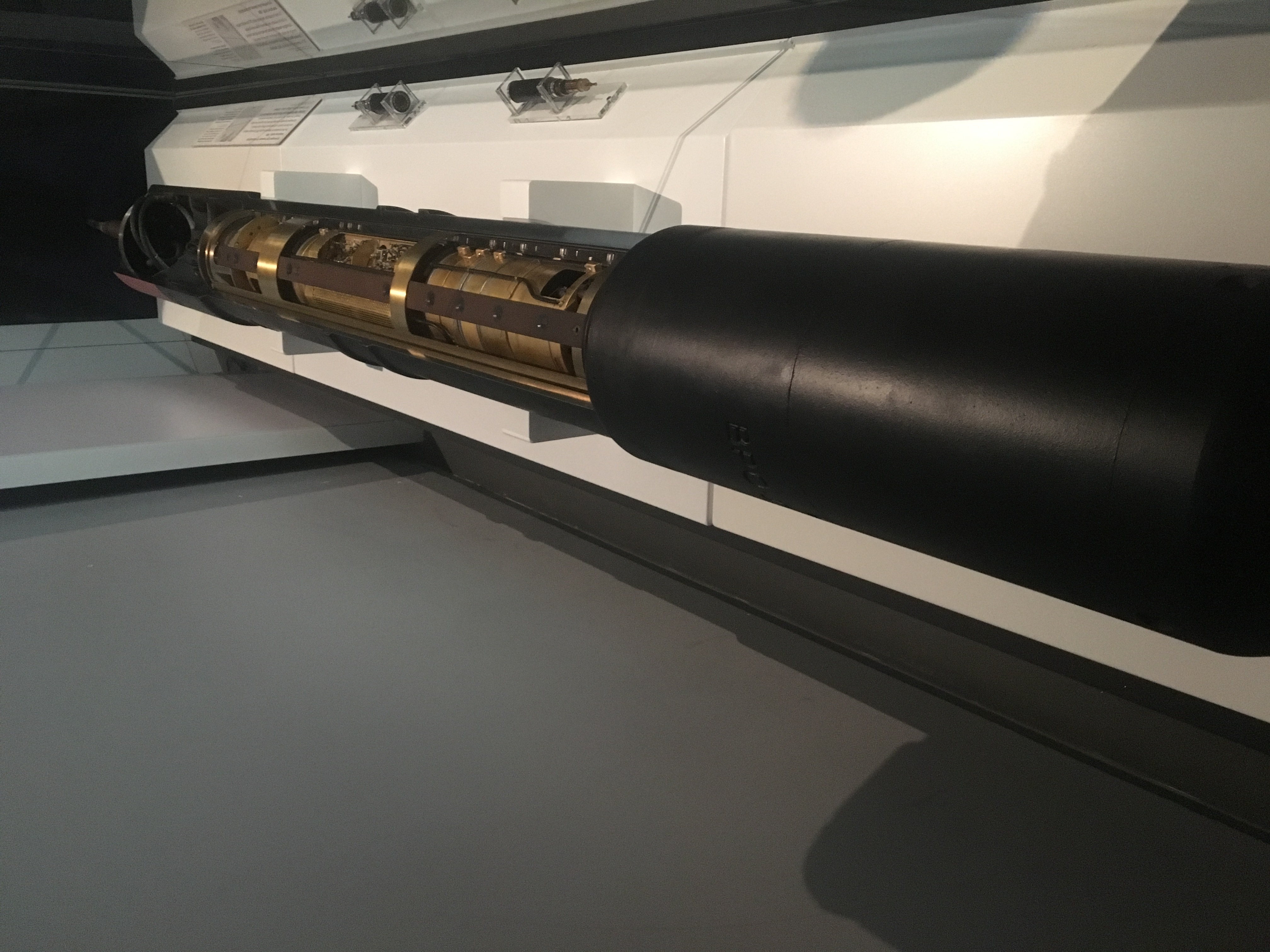Difference between revisions of "London Science Museum"
From Londonhua WIKI
(→Background or Origin of Article) |
(→Submerged rigid repeater for Transatlantic Telephone cable) |
||
| Line 34: | Line 34: | ||
==Submerged rigid repeater for Transatlantic Telephone cable== | ==Submerged rigid repeater for Transatlantic Telephone cable== | ||
In 1956 the first transatlantic telephone cable, TAT-1, was laid. In the section connecting Newfoundland and Nova Scotia rigid electronic repeaters were included to boost the electrical signals sent through the cable. Another section of the cable connecting Newfoundland and Oban, Scotland used flexible repeaters developed by Bell Telephone Laboratories. | In 1956 the first transatlantic telephone cable, TAT-1, was laid. In the section connecting Newfoundland and Nova Scotia rigid electronic repeaters were included to boost the electrical signals sent through the cable. Another section of the cable connecting Newfoundland and Oban, Scotland used flexible repeaters developed by Bell Telephone Laboratories. | ||
| − | + | <gallery mode="packed"> | |
| + | Image: repeater.JPG | ||
| + | </gallery> | ||
<br><br> | <br><br> | ||
<br><br> | <br><br> | ||
<br> | <br> | ||
| + | |||
==J-2 Engine== | ==J-2 Engine== | ||
The J-2 Engine was used in the second and third stages of the Saturn V rocket. Five were used in the second stage and one relight-able one was used in the third stage. Each engine produced 232,250 lbs of thrust in a vacuum which pushed the Saturn V into orbit at 17,400 mph and then onto the Moon at over 24,000 mph. | The J-2 Engine was used in the second and third stages of the Saturn V rocket. Five were used in the second stage and one relight-able one was used in the third stage. Each engine produced 232,250 lbs of thrust in a vacuum which pushed the Saturn V into orbit at 17,400 mph and then onto the Moon at over 24,000 mph. | ||
Revision as of 18:48, 30 May 2017
London Science Museum
 Representative Article Image | |
| The Chandos Portrait of William Shakespeare | |
|---|---|
| Artist | Attributed to John Taylor |
| Year | c. 1600s |
| Dimensions | 55.2 cm × 43.8 cm ( 21 3⁄4 in × 17 1⁄4 in) |
| Location | National Portrait Gallery, London |
Use this page as a template when creating new articles by clicking Actions>View Source and create a new page with the name of the article you're creating. In the newly copied page, upload your own image, then replace the "Articlepicture.jpg" above with the new image name. Replace "Representative Image" in both the image line and the top-level heading above with your first and last name. Delete this whole paragraph beneath the Representative Image title but not including the Table of Contents tag __TOC__.
Overview
The paragraph should give a three to five sentence abstract about your article. PLEASE NOTE: this article template has only a few sections as examples, but your actual article contributions should have many relevant sections and subsections. Please start to block out and complete those sections with relevant information such as the very objective, fact-based, and heavily referenced "who, what, when, where, and why" about this article. Articles don't just have to be huge buildings; individual artifacts and lesser-known people, places, and things count as article topics! Don't forget to include relevant category tags for each article!
Contents
Background or Origin of Article
Begin writing the background information of this article, or use this format to begin a new article with some other relevant section filled with important information.
Submerged rigid repeater for Transatlantic Telephone cable
In 1956 the first transatlantic telephone cable, TAT-1, was laid. In the section connecting Newfoundland and Nova Scotia rigid electronic repeaters were included to boost the electrical signals sent through the cable. Another section of the cable connecting Newfoundland and Oban, Scotland used flexible repeaters developed by Bell Telephone Laboratories.
J-2 Engine
The J-2 Engine was used in the second and third stages of the Saturn V rocket. Five were used in the second stage and one relight-able one was used in the third stage. Each engine produced 232,250 lbs of thrust in a vacuum which pushed the Saturn V into orbit at 17,400 mph and then onto the Moon at over 24,000 mph.
References
If appropriate, add a references section
External Links
If appropriate, add an external links section
Image Gallery
If appropriate, add an image gallery
Category tags
Don't forget to add category tags!!! Your Article Pages MUST contain one or more Category tags like this:
[[Category:Art]]
[[Category:History]]

